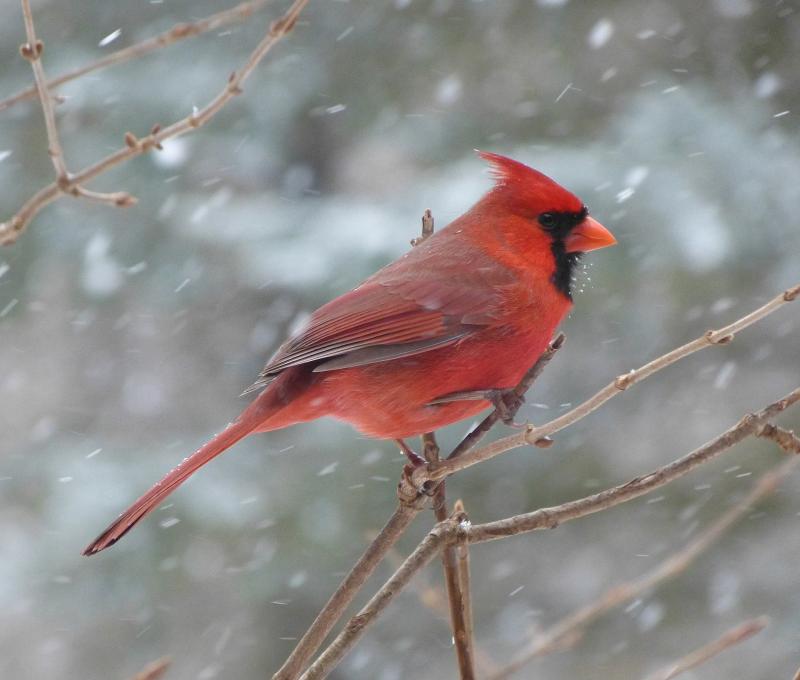
Want to stay active outdoors, even after the gardening season ends? Then consider becoming a community scientist and joining National Audubon Society’s annual Christmas Bird Count (CBC). It’s the longest running community citizen science project in the United States.
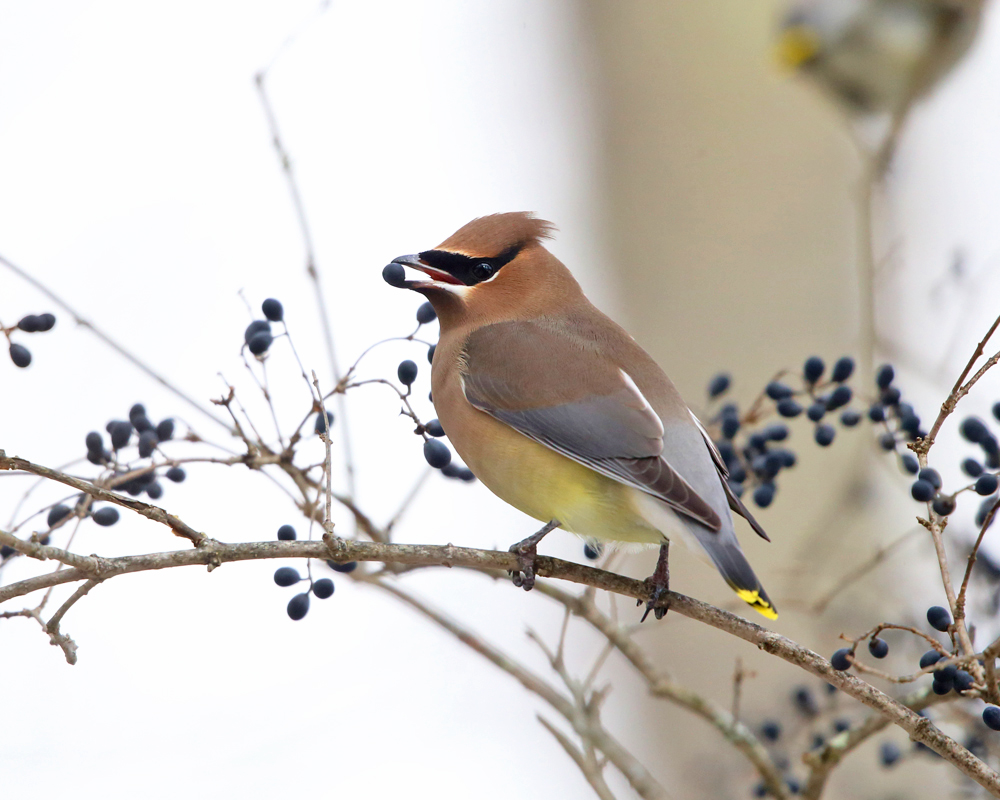 This winter, 2022-2023, is the 123rdyear for the Christmas Bird Count.
This winter, 2022-2023, is the 123rdyear for the Christmas Bird Count.
History of the Christmas Bird CountThe CBC grew from hunting traditions; prior to the 1900s, hunters would participate in an annual holiday tradition called the “Side Hunt”. Hunters chose sides and went out into the woods to see how many different furred and feathered species they could shoot during the holiday. The hunter with the largest pile of dead creatures at the end was the winner.
 Toward the end of the 1800s, many scientists and observers were becoming concerned about declining bird populations. Ornithologist Frank M. Chapman proposed a new tradition – a Christmas bird census aimed at counting birds, not hunting them. Thus, on Christmas Day 1900, Frank and 27 colleagues organized bird counts in 25 locations, ranging from Toronto, Ontario to Pacific Grove, California.
Toward the end of the 1800s, many scientists and observers were becoming concerned about declining bird populations. Ornithologist Frank M. Chapman proposed a new tradition – a Christmas bird census aimed at counting birds, not hunting them. Thus, on Christmas Day 1900, Frank and 27 colleagues organized bird counts in 25 locations, ranging from Toronto, Ontario to Pacific Grove, California.
Now, the Audubon Christmas Bird Count is one of the largest birding events in the world. It provides an annual census of bird species in the western hemisphere, completed by regular people like you and me, with over 75,000 participants annually. And it’s not just the U.S. and Canada anymore, over 20 countries in the western hemisphere participate.
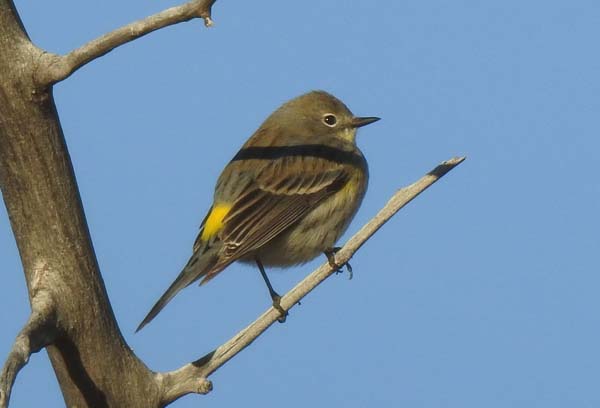 With data collected from more than 100 years of observations, Audubon researchers, conservation biologists and wildlife agencies use the information collected to assess the health of bird populations and guide conservation efforts. The long-term nature of this data is critical to assess the effects of habitat change and environment on bird species, and provide protection where necessary.
With data collected from more than 100 years of observations, Audubon researchers, conservation biologists and wildlife agencies use the information collected to assess the health of bird populations and guide conservation efforts. The long-term nature of this data is critical to assess the effects of habitat change and environment on bird species, and provide protection where necessary.
Sign Up In Advance
All participating sites hold their bird counts between December 14th to January 5th. Nebraska has 13 participating sites, with one here in Lincoln on December 18th. To view the map with all Nebraska’s additional sites, and those across the country, visit https://bit.ly/nebirdcount. Find the date for each site’s bird count by clicking on its circle on the map. Note: some sites may not have a confirmed date yet.
On the map, sites with green and yellow circles are open to new participants; red circle sites are full and are not accepting new participants. But you’re in luck, because Lincoln’s site is accepting new members! Each site collects bird counts for a 15-mile radius circle.
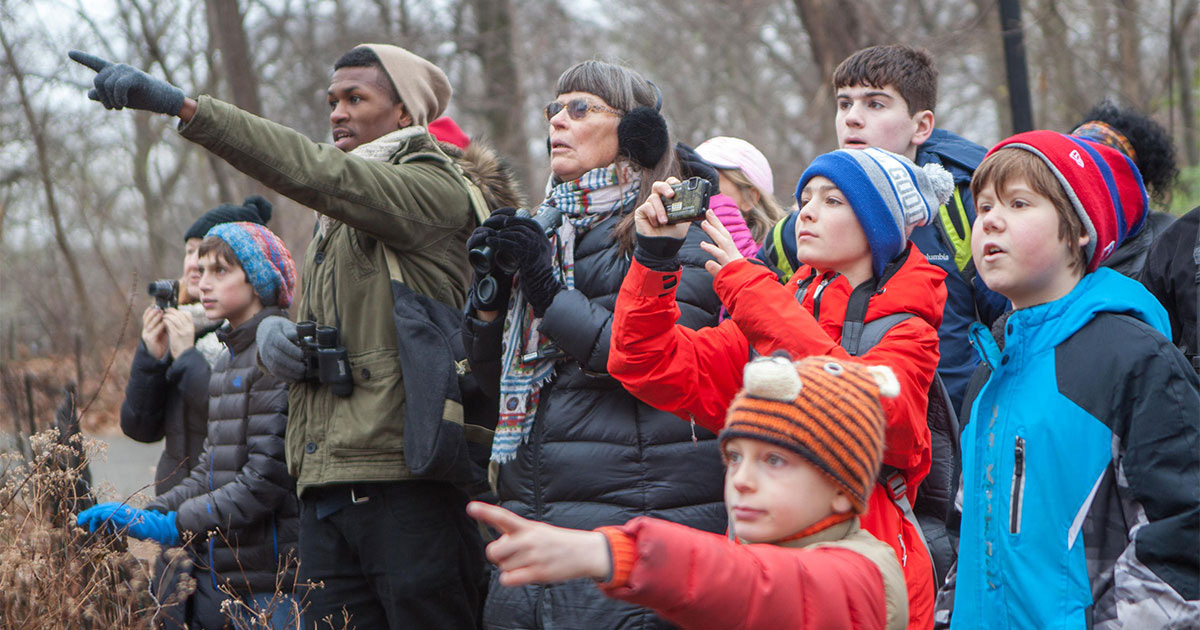 To participate, you must first contact the “circle compiler” for your site. Click on your site’s circle on the map to find the circle compiler’s contact information, then call or email. Your participation will be confirmed and you’ll be given a specific location to count birds. You’ll also be provided with information on how to submit your count numbers.
To participate, you must first contact the “circle compiler” for your site. Click on your site’s circle on the map to find the circle compiler’s contact information, then call or email. Your participation will be confirmed and you’ll be given a specific location to count birds. You’ll also be provided with information on how to submit your count numbers.
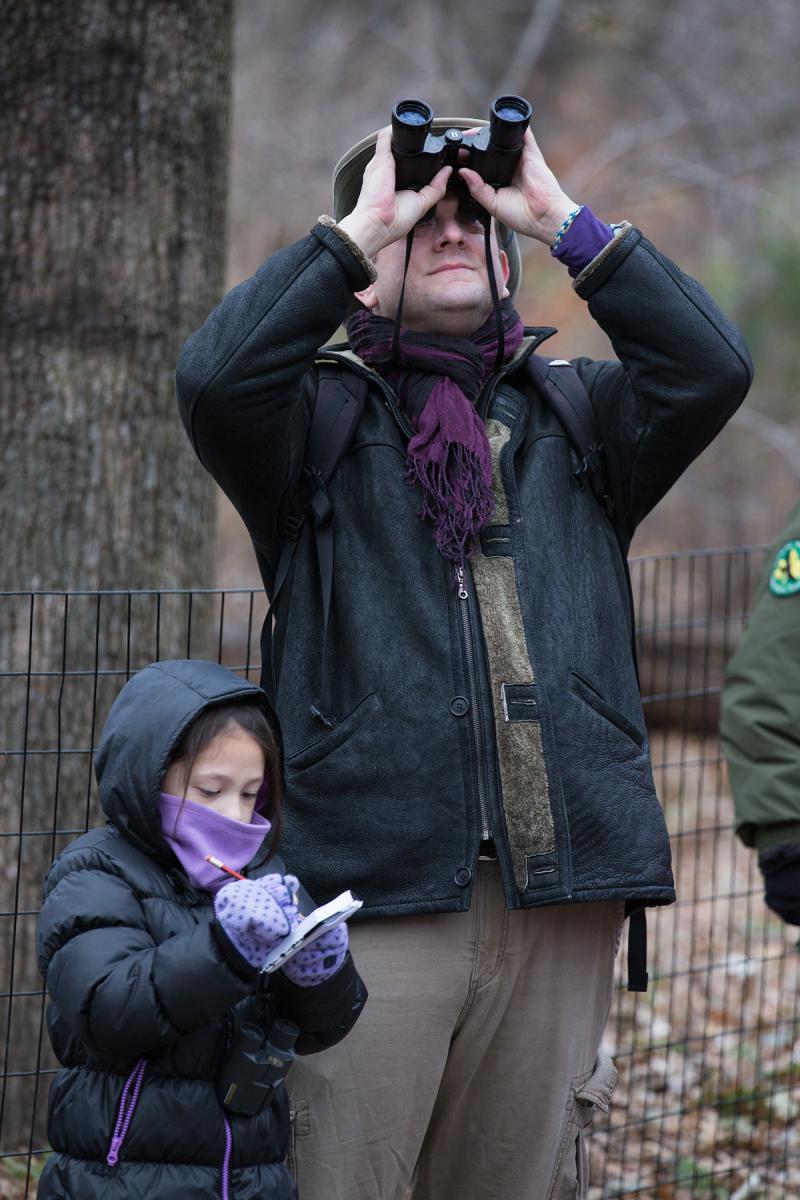 Some participants like to visit a park or wild area for their count, while others prefer to stay home and view the birds at their feeders. Both are great ways to participate - as long as your home lies within the 15-mile radius for Lincoln’s count.
Some participants like to visit a park or wild area for their count, while others prefer to stay home and view the birds at their feeders. Both are great ways to participate - as long as your home lies within the 15-mile radius for Lincoln’s count.
Participation is free, but you must provide your own transportation, binoculars, weather-appropriate clothing and hot chocolate! Birders of any skill level are encouraged to participate – if you’re a beginning birder, you’ll be paired with an experienced companion to get started.
You’ll also have the opportunity to receive Audubon’s quarterly American Birds email newsletter so you can read the results of this year’s bird count and get information on other Audubon projects, along with news and updates.
Love Data?
Annual CBC summaries going all the way back to 1901 are available on the Audubon website, https://bit.ly/cbcsummary.
Images:
- Cedar waxwing. Image by Tom Murray, 120th Christmas Bird Count, Audubon.org.
- Northern mockingbird. Image by Tom Murray, 120th Christmas Bird Count, Audubon.org.
- Yellow-rumped warbler. Image by Cory Shaw, 120th Christmas Bird Count, Audubon.org
- Christmas Bird Counters by Camilla Cerea, Audubon.org.
- Christmas Bird Counters by Camilla Cerea, Audubon.org